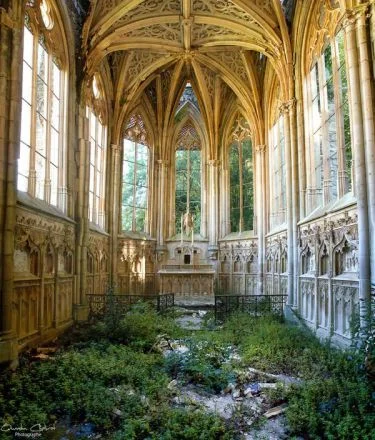ABANDONED.[P].LACES
© ALECU GRIGORE : 2017
Urban exploration (often shortened as urbex, UE, bexing, urbexing and sometimes known as roof-and-tunnel hacking) is the exploration of man-made structures, usually abandoned ruins or not usually seen components of the man-made environment. Photography and historical interest/documentation are heavily featured in the hobby and, although it may sometimes involve trespassing onto private property, this is not always the case. [not in citation given] Urbex or urban exploration may also be referred to as draining (an alternate form of urbexing where drains are explored), urban spelunking, urban rock climbing, urban caving, roof-topping, or building hacking.
The nature of this activity presents various risks, including both physical danger and, if done illegally and/or without permission, the possibility of arrest and punishment. Some activities associated with urban exploration violate local or regional laws and certain broadly interpreted anti-terrorism laws, or can be considered trespassing or invasion of privacy.
Another aspect of urban exploration is the practice of exploring active or in use buildings which includes gaining access, by various means, to secured or "member-only" areas, mechanical rooms, roofs, elevator rooms, abandoned floors, and other normally unseen parts of working buildings. The term "infiltration" is often associated with the exploration of active structures. People entering restricted areas may be committing trespass, and civil prosecution may result.
This Is What A Church Looks Like When It’s Members Don’t Care
ABANDON PLACES
Catacombs such as those found in Paris, Rome, Odessa, and Naples have been investigated by urban explorers. The Mines of Paris, comprising much of the underground tunnels that are not open to public tourism like the catacombs, have been considered the "Holy Grail" by some due to their extensive nature and history. Explorers of these spaces are known as cataphiles.

